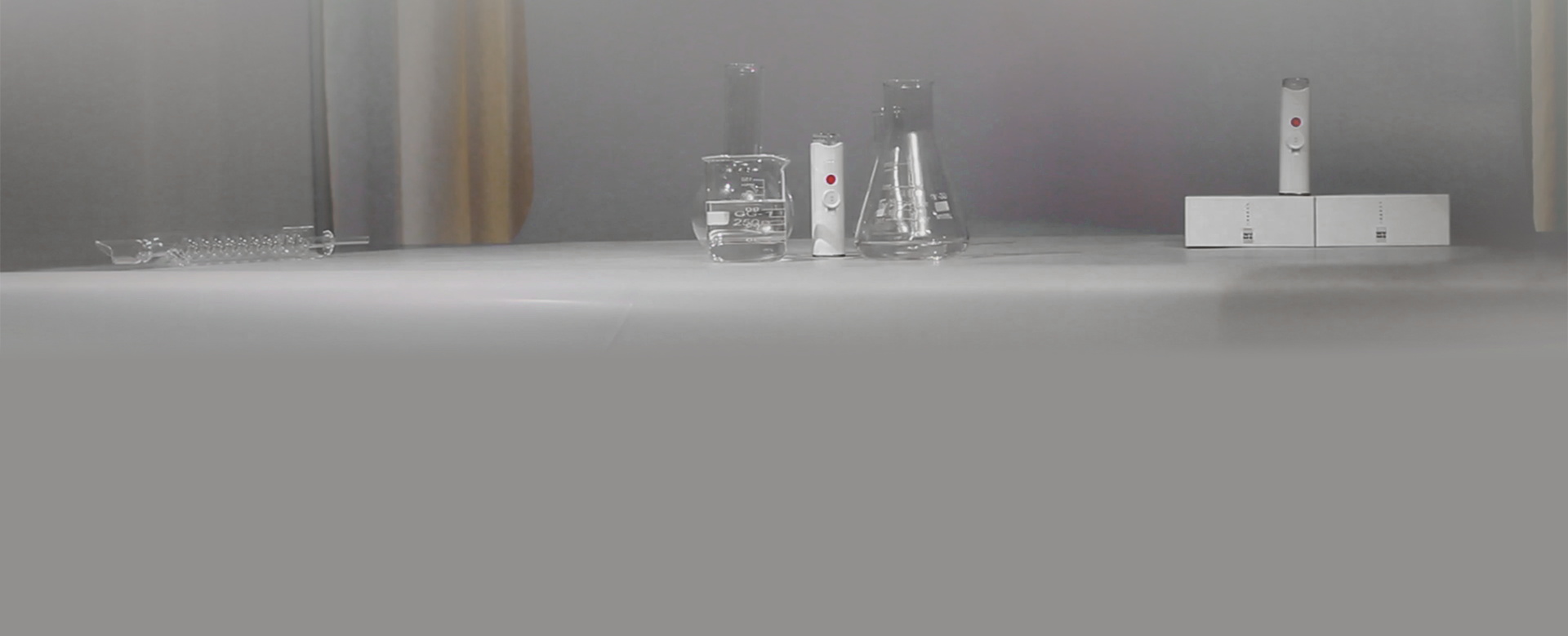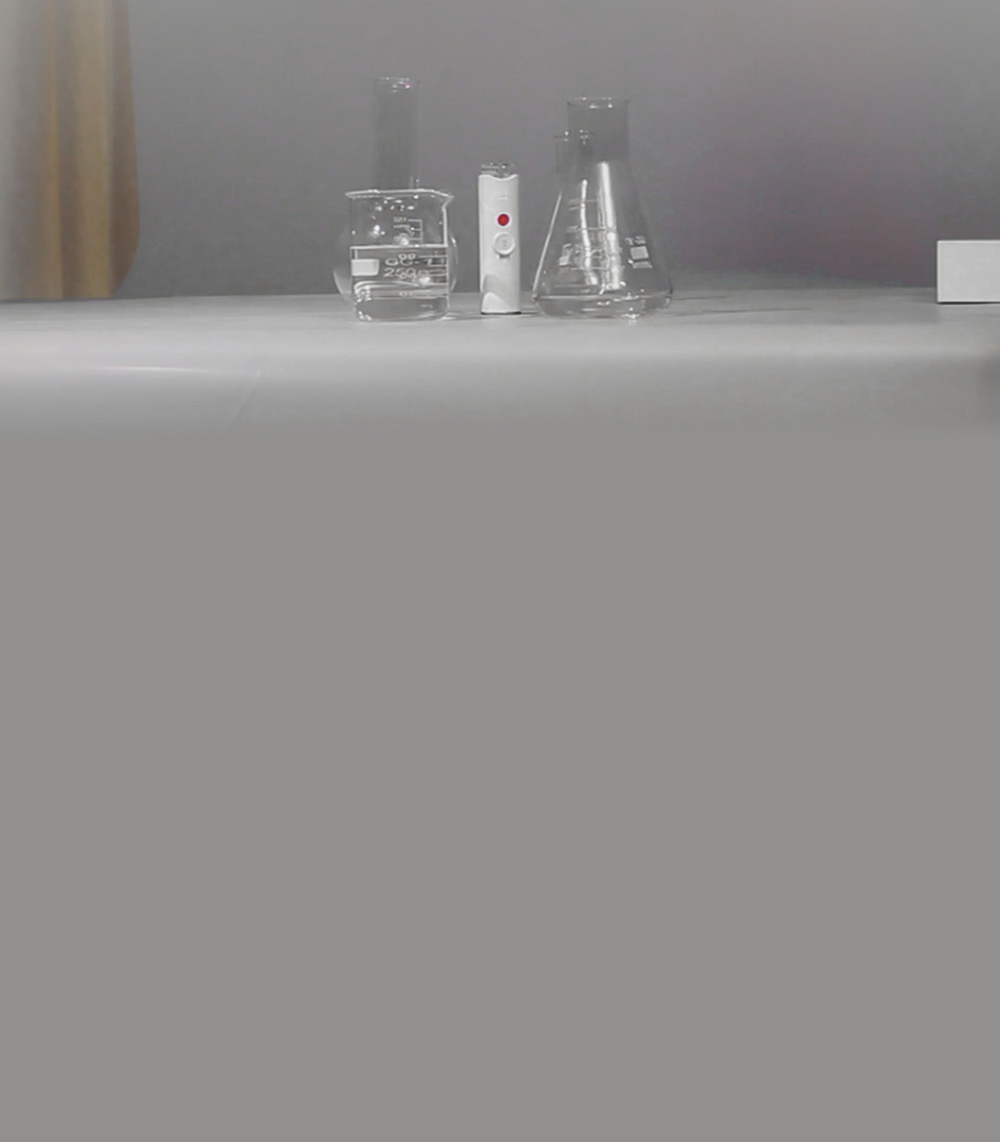The eye care market currently offers two competing solutions for dry eyes: traditional pressurized sprays and the newer ultrasonic technology. While both claim to provide effective relief, their mechanisms of action couldn't be more different. This 500-word deep dive examines the key scientific differences and why ultrasonic misting is winning over experts.
Traditional sprays rely on propellants or mechanical pumps to create droplets that range from 30-100 microns. This brute-force method has several flaws:
Larger droplets often fail to penetrate the tear film efficiently
Requires preservatives to prevent microbial growth
Can feel uncomfortably cold when applied
Ultrasonic sprays employ high-frequency sound waves (1-3 MHz) to generate droplets measuring just 1-10 microns - nearly identical to natural tear particles. This precision offers three distinct advantages:
No propellants needed → Eliminates potential irritants
Room-temperature mist → More comfortable application
Electrostatic charge → Enhances adherence to the ocular surface
A 2023 study published in Cornea compared both technologies in 200 dry eye patients:
| Parameter | Traditional Spray | Ultrasonic Spray |
|---|---|---|
| Hydration Duration | 1.8 hours | 3.5 hours |
| Patient Comfort Score | 6.2/10 | 9.1/10 |
| Tear Film Stability | Improved 22% | Improved 47% |
While ultrasonic devices typically cost 30-50% more upfront, their efficiency leads to long-term savings:
Uses 40% less active ingredient per dose
No waste from accidental over-spraying
Longer shelf life due to sealed cartridges
Leading ophthalmologists now advise ultrasonic options for: ✓ Contact lens wearers ✓ Computer vision syndrome sufferers
"Much like electric vehicles replaced combustion engines, ultrasonic technology represents the inevitable evolution of ocular hydration - delivering superior performance through elegant physics rather than mechanical force."

